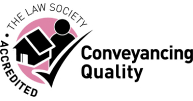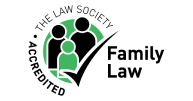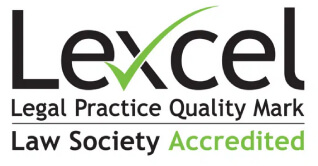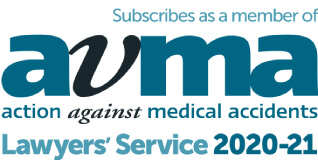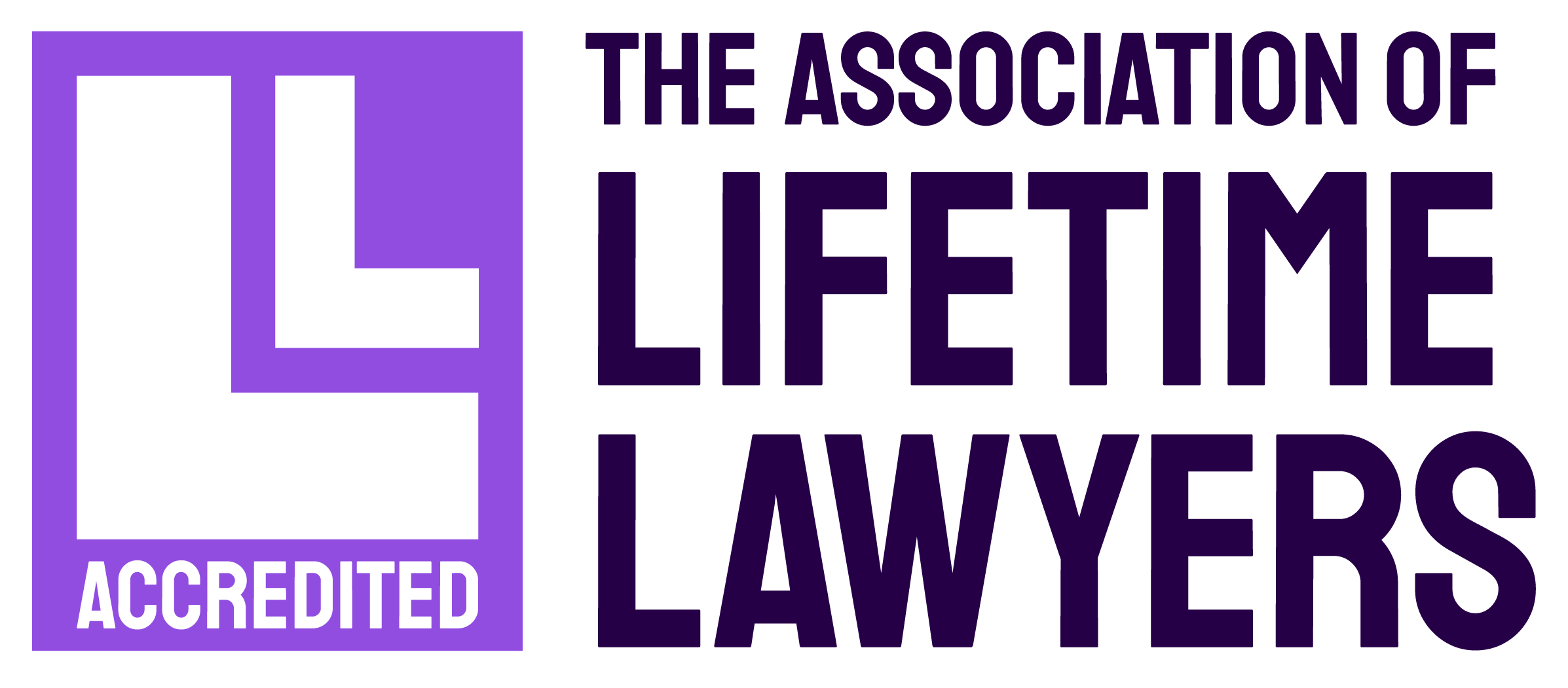The Building Safety Act and the remediation of historic defects
The Building Safety Act 2022 (BSA 2022, hereafter referred to as ‘the Act’) was designed to address safety issues affecting existing buildings. The Act was specifically formulated to reallocate the financial responsibility for rectifying these issues from the buildings’ tenants to either the developers or landlords. This redistribution of responsibility has caused a significant increase in administrative duties and obligations for landlords.
In this blog, we will be talking about the new responsibilities imposed on the landlords of ‘relevant’ buildings (i.e., a building that measures at least 11 metres in height or has at least five storeys, amongst other criteria) relating to the remediation of ‘relevant’ historic defects (for example, unsafe cladding).
What are my responsibilities as the landlord of a ‘relevant’ building?
If a building is classed as ‘relevant’, you may be liable to pay for any remediation works to the building required due to historic defects.
With a relevant building, the buyer or tenant’s solicitors will investigate:
• Whether there are any known relevant historic defects in the building.
• Whether any remediation works are planned or in progress, and how disruptive any works would be to the property.
• Who is liable to pay for any remediation works, including whether the lease could be a ‘qualifying lease’. This lease type benefits from leaseholder protections that restrict the amount that the buyer can be required to pay towards the remediation works. To be a qualifying lease, the lease must have met certain criteria on or after 14 February 2022. You should be aware that the status of the lease as a qualifying lease (or not) may have an impact on the valuation of the property and, in some cases, on the mortgage lender’s willingness to lend on the property.
What is a relevant defect?
A defect is categorised as ‘relevant’ if:
- It puts people’s at safety at risk due to the risk of fire or structural collapse
- It has occurred as a result of work done to a building (including the use of inappropriate or defective products), either during construction or later refurbishment or remediation works
- It was created in the 30 years prior to leaseholder protections coming into force (i.e., between 28 June 1992 and 27 June 2022)
- It relates to the initial construction of the building, the conversion of a non-residential building into a residential one, or any other works undertaken or commissioned by the building owner.
What is a qualifying lease?
A qualifying lease must meet certain criteria in order to benefit from leaseholder protections, namely:
- The lease is a ‘long lease’, i.e., over 21 years in length
- The leaseholder is responsible for paying a service charge
- The lease was granted before 14 February 2022
- On 14 February 2022, the dwelling was the leaseholder’s only or main home
- On 14 February 2022, the leaseholder did not own more than three homes.
Whatever protections applied to a property on the qualifying date of 14 February 2022 will benefit from those protections moving forwards.
What does this mean for landlords?
The most significant challenge for landlords relates to the requirement to provide ‘landlord certificates’ to leaseholders, which essentially communicate who is responsible for paying for the remediation of historic defects and whether the landlord can pass any of the responsibility on to tenants by way of a service charge.
The Act makes provisions for how the remediation of defects in higher rise buildings will be paid for and, particularly, the balance of liability between leaseholders and landlords. There are a restricted set of circumstances whereby remediation costs can be passed on to leaseholders, although landlords may be expected to make contributions depending on the situation.
The purpose of the new landlord certificate is for the landlord to formally communicate with leaseholders as to if they benefit from those restrictions on the service charge.
When is a landlord responsible for remediation works?
There are three ‘tests’ set out in the legislation which establish the criteria a landlord must meet to be deemed responsible for the payment of remediation works. These are:
Tier 1: No service charge is payable by leaseholders if the landlord was, on or after 14 February 2022, ‘responsible for’ the defect in question or associated with the responsible company, for example via a joint venture. For instance, if the landlord was the developer of the building or otherwise commissioned or carried out works relating to the defect, they will be entirely responsible for the remediation of that defect (even if they no longer own the building).
Tier 2: If the landlord had a net worth of over £2,000,000 per relevant building owned on or after 14 February 2022, remediation costs cannot be passed onto leaseholders with a qualifying lease.
Tier 3: If the leaseholder’s property was worth less than £325,000 in London or £175,000 elsewhere in England) on or after 14 February 2022, they are also exempt from remediation costs.
Getting the right legal support
With so many new legal responsibilities for landlords to contend with, getting expert legal advice is vital. Our Commercial Property team comprises three experienced lawyers and two paralegals, giving us the expertise and resource to dedicate all the time required to resolve your matter.
Please get in touch with our team on 0330 221 8855 or send an email to enquiries@attwaters.co.uk













